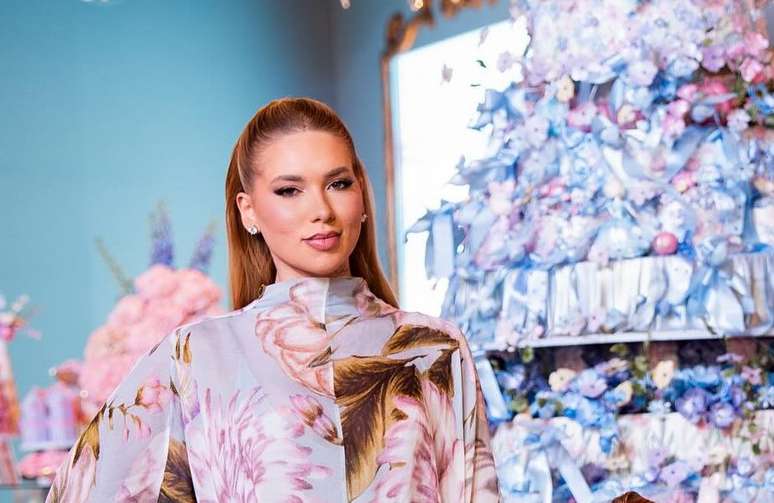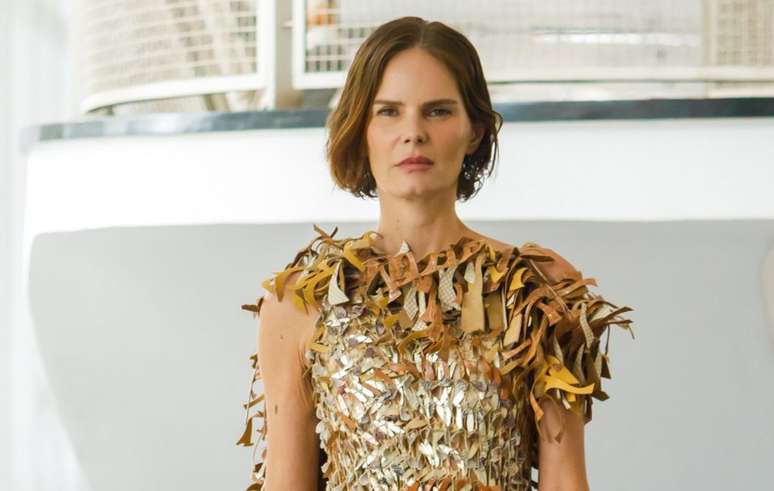-
Japanese culture attracts curious people all year round, with peculiarities that differ from what can be seen in the West. One of these is the use of umbrellas even on days when the storm is still far from arriving. But those who think that it is only used to protect themselves from the sun are wrong.
Photo: – Playback by X @TravelStylist_ / Flipar
-
It is interesting to note that in Japan, umbrellas and parasols are also transformed into yorishiro, objects capable of attracting or hosting divinities and spirits.
Photo: Freepik image / Flipar
-
In this sense, it is an animistic vision, described by professor emeritus Tatsuo Danjyo. Associate the circular shape of the umbrella with the soul and its handle with the pillar through which the entities descend.
Photo: Reproduction from Instagram @tokyographic / Flipar
-
This idea transforms the everyday object into a spiritual receptacle with a symbolic presence in ritual and popular life.
Photo: Reproduction from Instagram @tokyographic / Flipar
-
It is worth noting that, between the 9th and 11th centuries, umbrellas emerged in Japan not as a means of protection from the elements, but as a symbol of religious and political authority.
Photo: Reproduction from Instagram @tokyographic / Flipar
-
This item was considered a long sashikake-gasa, used in ceremonies and events, including weddings, with both functional and symbolic purposes and held by attendants of elites and dignitaries.
Photo: – Reproduction from Instagram @tokyographic / Flipar
-
From the 12th century onwards its use also spread among the common people of Japan. However, the spiritual dimension remained, in which the umbrella coexisted with its practical function, as well as a sign of protection, status and connection with the sacred.
Photo: Playback by X @Kizu_Kagoshima / Flip
-
Currently this dimension survives in celebrations in which the umbrella acts as a ritual vehicle. One of these is the Yasurai Matsuri in Kyoto in April, when participants use flower umbrellas to draw out diseases.
Photo: Image by u_gewxp8mpoj from Pixabay / Flipar
-
Another celebration is Hakata Dontaku, in Fukuoka. There, every May 3 and 4, the imposing kasaboko guarantee health and luck to anyone who passes under these objects.
Photo: Playback by X @Japan_Australia / Flipar
-
In Okinoshima, during Obon from August 13 to 16, umbrella structures are decorated to house the spirits of the recently deceased. Every two years they are brought back to life through a processional dance.
Photo: Playback by X @japanart_ioriya / Flipar
-
The umbrella is part of the cultural and social imagination of the Japanese. So much so that the kasa yōkai constantly appears in paintings and scrolls such as “The Night of the Parade of Myriad Demons”, where old and discarded objects awaken and wander.
Photo: Playback by X @JapanTraCul / Flipar
-
Traditional umbrellas made of paper and bamboo, known as wagasa, are still popular in ceremonies, decorations and as arts and crafts.
Photo: Playback X @MobilePunch / Flipar
-
About 3,400 years ago the first objects were used to protect kings and nobility from the sun. They were made of palm leaves, feathers and papyrus and had religious and status significance.
Photo: Playback by X @JapanGov / Flipar
-
The Chinese developed a similar item about 4,000 years ago, initially to protect themselves from the sun. The invention of a rain model is believed to have occurred in the 11th century BC, initially focusing on royalty.
Photo: Playback by X @monsterjxel / Flip
-
Umbrellas reached Greece and Italy via trade routes, but were initially seen as a women’s accessory.
Photo: Playback by X @HEY_SMITH_Japan / Flipar
-
The umbrella arrived in Europe via trade routes, initially coming from Asia and Egypt with the aim of protecting from the sun. This object became popular as rain protection only in the 18th century, especially with the Englishman Jonas Hanway.
Photo: Playback by X @japan / Flipar
-
There was a culture that the item would be an ornament for women, especially because they were filled with lace and decorations. The men, in turn, used folders and newspapers as protective objects on rainy days.
Photo: Image by Jason Goh from Pixabay / Flipar
-
Jonas Hanway was an English merchant, writer and philanthropist. The first Londoner to use an umbrella and was a well-known opponent of tea drinking.
Photo: Playback by X @PaprikaGirl_JP / Flip
-
The invention of lighter, more durable umbrellas, such as those made with steel ribs, further increased their popularity.
Photo: Playback by X @HEY_SMITH_Japan / Flipar
-
Its evolution came with a change in materials, from whalebone to steel and fiberglass, and from silk fabrics to materials like nylon, culminating in foldable pocket models and other innovations.
Photo: Playback by X @HEY_SMITH_Japan / Flipar
-
A type of umbrella that allows the user to see what is happening around them is transparent, without losing protection from the rain.
Photo: Playback by X @JapanGov / Flipar
-
The upside-down one is a more modern model, which opens and closes backwards, ideal for not wetting the car or the inside of the house.
Photo: Disclosure / Flip
To share
Source: Terra
Ben Stock is a lifestyle journalist and author at Gossipify. He writes about topics such as health, wellness, travel, food and home decor. He provides practical advice and inspiration to improve well-being, keeps readers up to date with latest lifestyle news and trends, known for his engaging writing style, in-depth analysis and unique perspectives.









